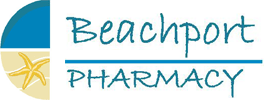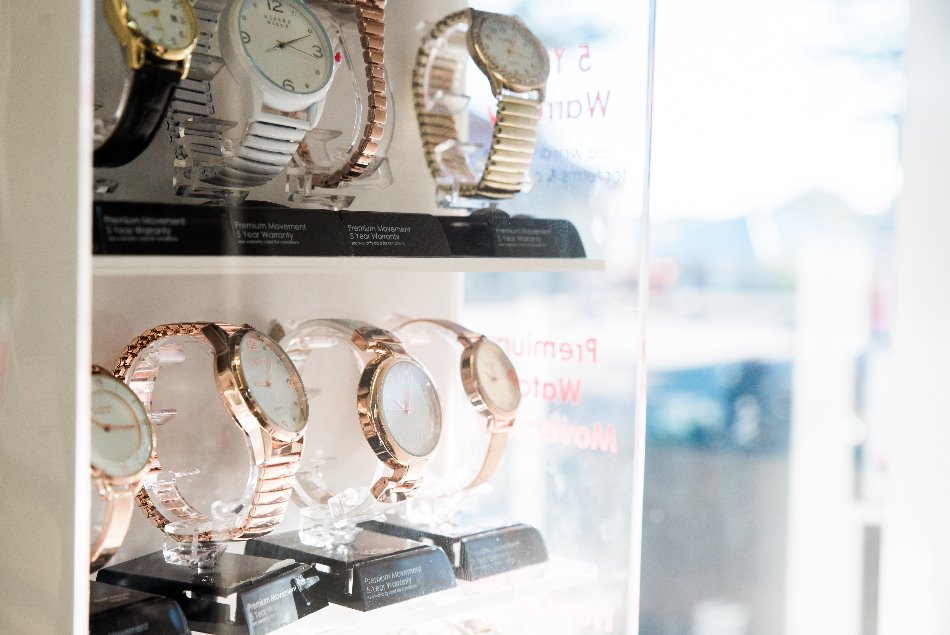May
2013
Mosquitoes - more than a minor inconvenience

1353 – Mosquitoes – more than a minor inconvenience
When, later this month, most of us in Australia and New Zealand will be reflecting on the service provided by the men and women in our armed forces, much of the rest of the world will focus its attention on a tiny insect which, over centuries, has changed the course of history and in the process killed more people than all wars put together.
That insect is the so-called Anopheles mosquito which carries the malaria parasite. And 25 April is World Malaria Day.
Whilst it’s difficult to determine the exact number of annual worldwide deaths from malaria (many of the worst affected countries are too poor to have reliable health statistics), a reasonable estimate is around 1 million – mostly in Africa, many of them children.
Most cities of the Western world are now malaria free. However, that wasn’t always the case. Malaria is one of the oldest diseases in human history. There is some evidence that it plagued populations pretty much throughout the world as far back as 6,000 BCE. As recently as several hundred years ago, malaria spread from the Arctic town of Archangel in Russia to Argentina and to what is now Australia in the southern hemisphere.
During the Middle Ages malaria was widespread throughout Europe. Henry VIII suffered malaria as a young man. Lord Nelson during the Battle of Trafalgar had to contend with the fever of malaria as well as his regular bouts of sea sickness. Another sailor of renown, J. F. Kennedy, contracted malaria, apparently while in the Solomon Islands in the 1940s.
According to the World Health Organization (WHO) Roll Back Malaria website, there are now 103 so-called malarious countries throughout the world – chiefly the tropical and sub-tropical areas of Africa, Asia the Middle East and Latin America.
Half of the world’s population is at risk of malaria, particularly those living in lower-income countries; but travellers from malaria-free areas to disease “hot spots” are especially vulnerable to the disease.
Ancient remedies included the wearing of a large fish tooth to ward off the evil spirits. Later treatments fortunately proved more successful. By far the most significant was the bark of the Peruvian cinchona tree, which was supposed to have been introduced into Europe via Rome by Jesuit priests in the mid 17th century. Despite some quite encouraging results this bark from the “fever tree” was not universally accepted for some time. It did not cure all fevers (only those of malaria), and adulterated or alternative barks were often promoted by unscrupulous dealers.
Quinine, the active ingredient from cinchona is still occasionally used as a treatment today, however, somewhat better, especially against drug-resistant malaria, are the combination products containing artemisinin, originally extracted from the ancient herb “sweet wormwood”. And recently US scientists at the Oregon Health and Science University in Portland have identified a new drug which is likely to be even more effective against the species of parasite causing the most dangerous form of malaria; still, it could be several years before we see it on pharmacy shelves.
Except for the occasional case, Australia is malaria free; but for how long? Climate change, population growth and migrating mosquitoes could alter that situation. Scientists in Victoria, Queensland and Papua New Guinea are currently collaborating on the development of malaria vaccine. Meanwhile, prevention is the best course of action.
If you’re travelling overseas, check whether anti-malarials are recommended. Be sure to apply insect repellent, cover up after sun-down and use bed-nets (preferably insecticide impregnated) at night. No mosquito bite – no malaria.
You can get more information about malaria and other travel health issues from pharmacies providing the Pharmaceutical Society’s Self Care health information. Log onto the website, www.psa.org.au and click on Self Care then Find a Self Care Pharmacy for the nearest location.


















